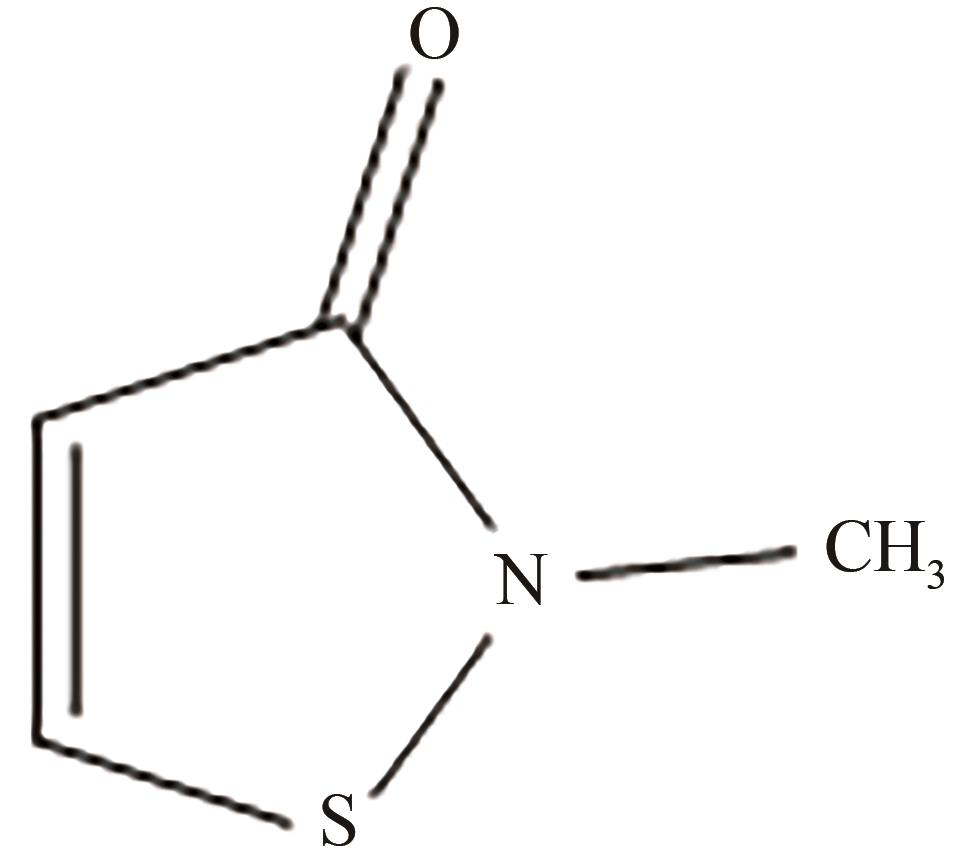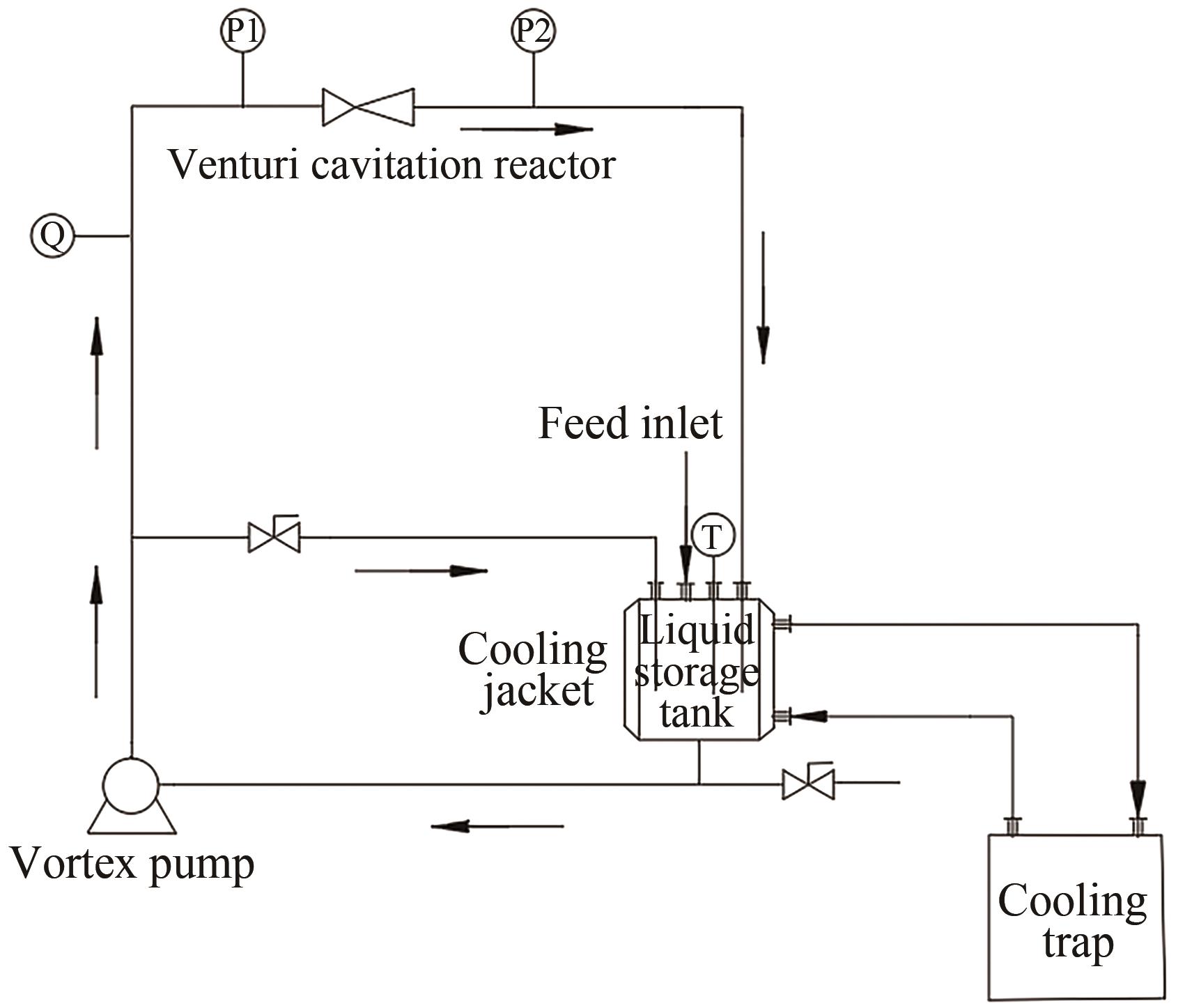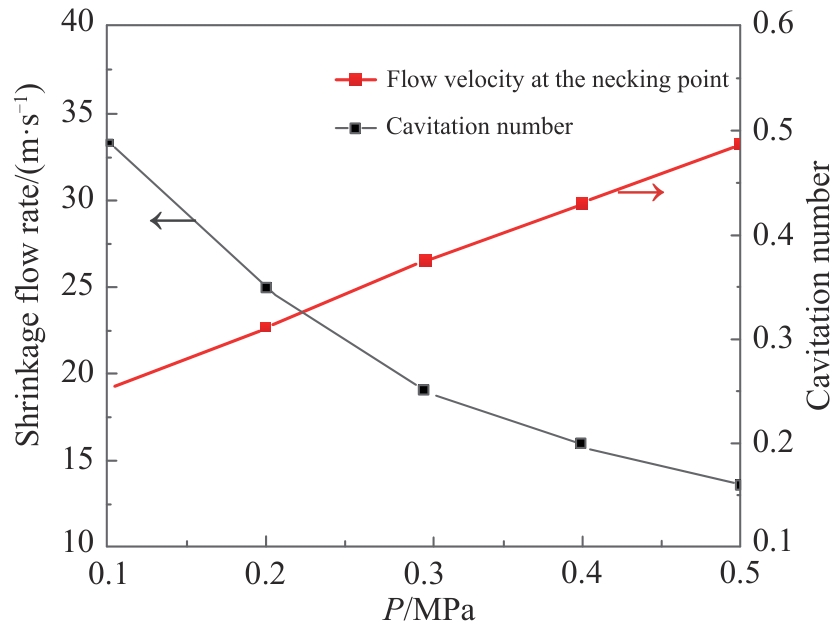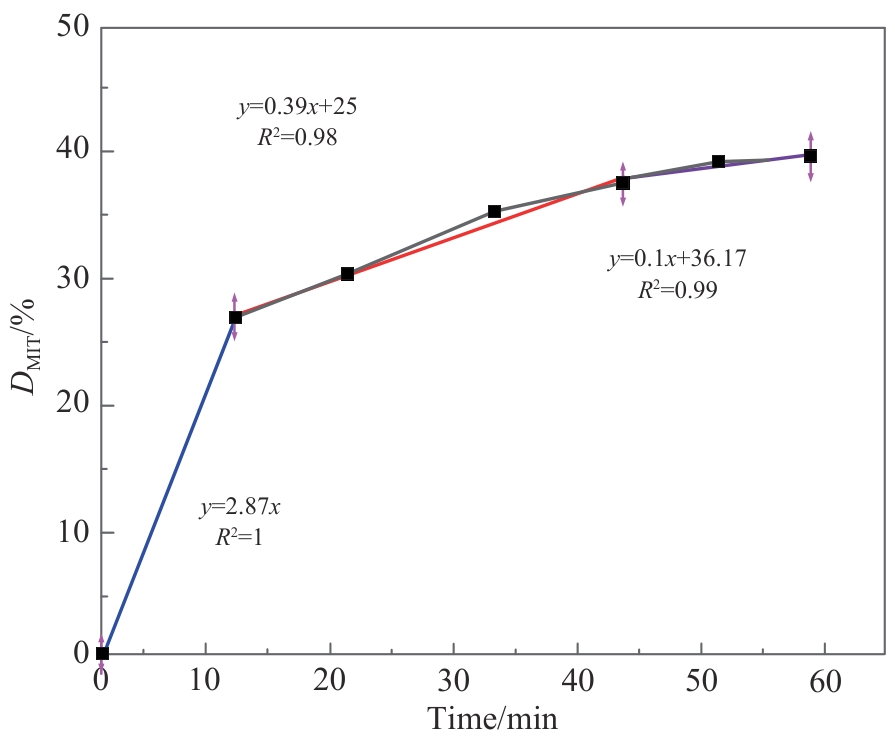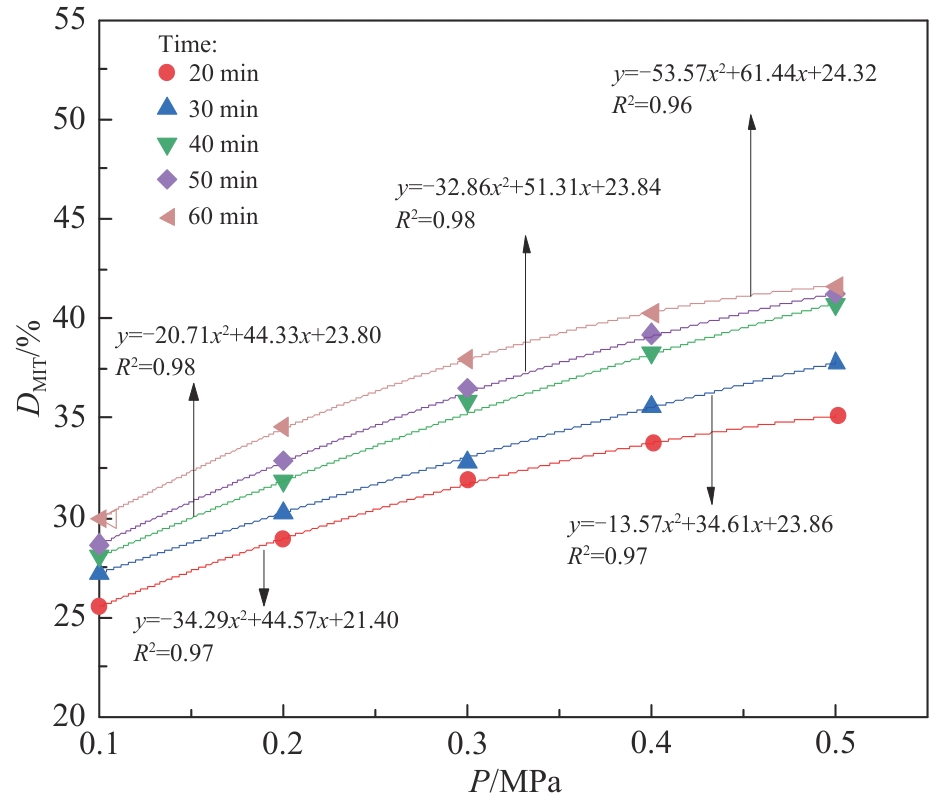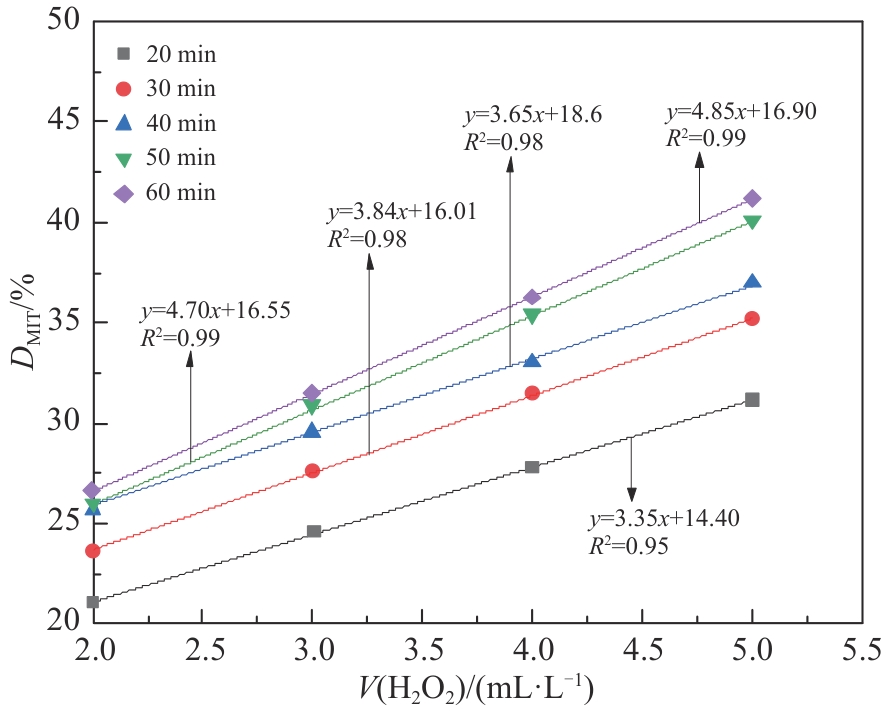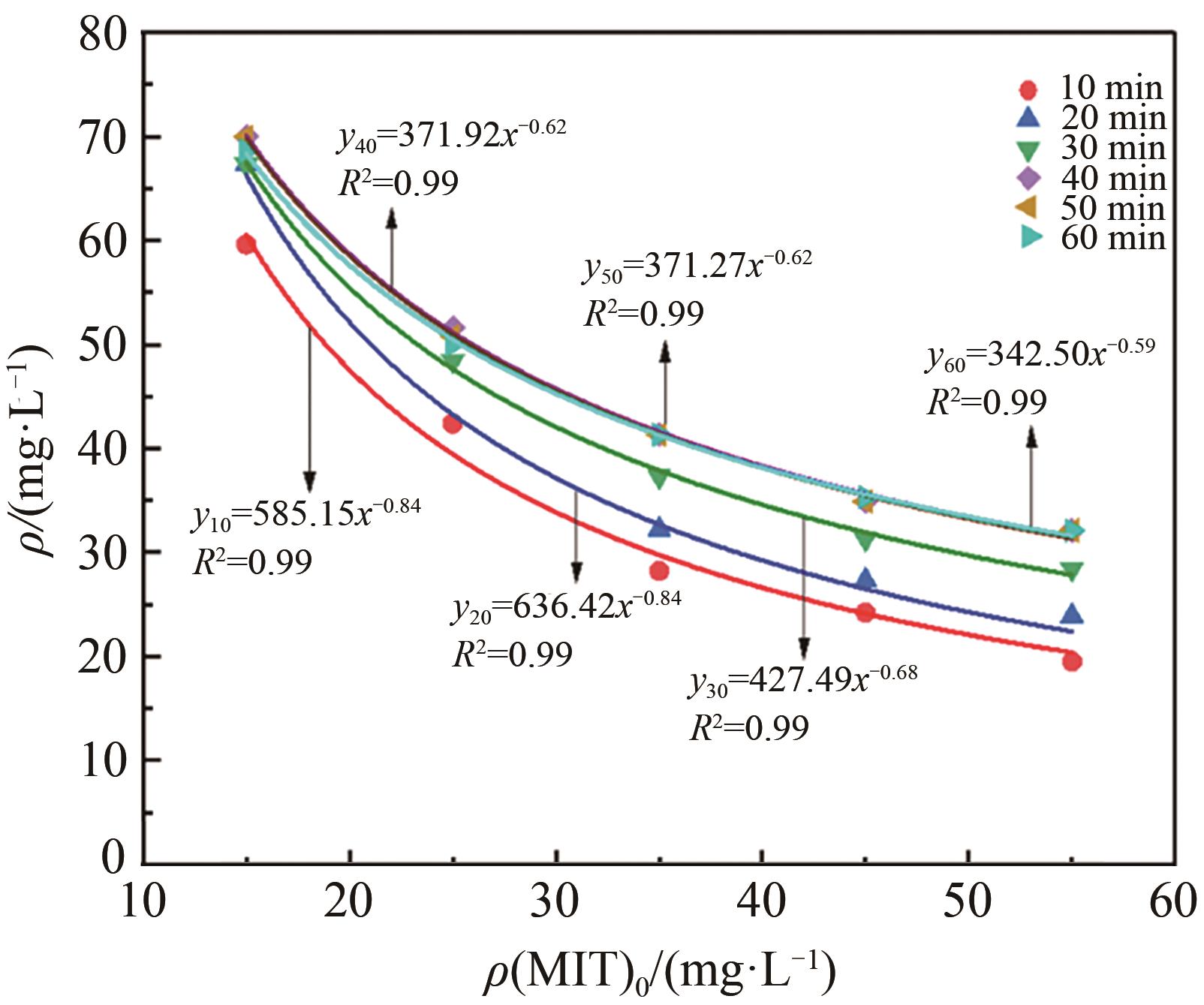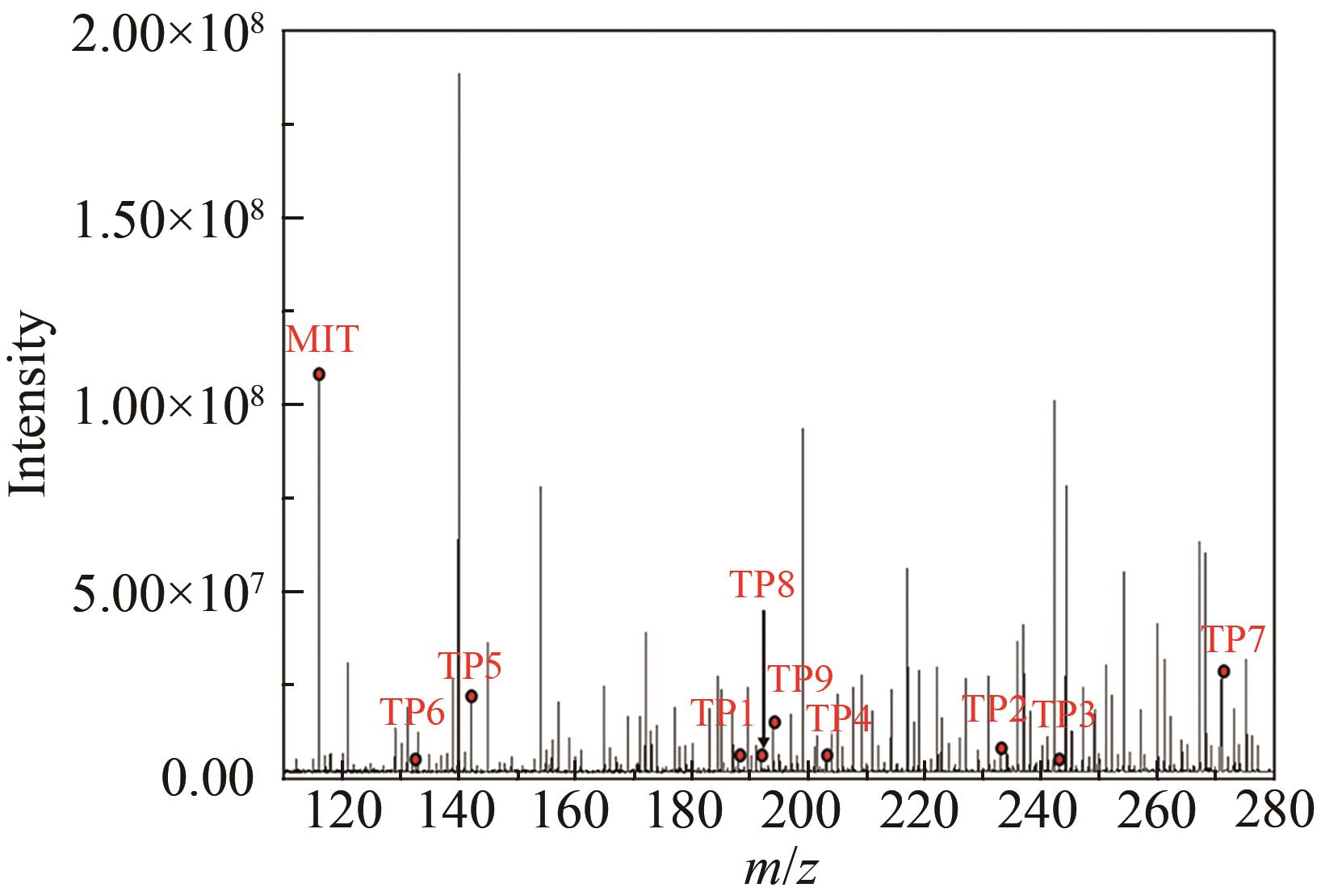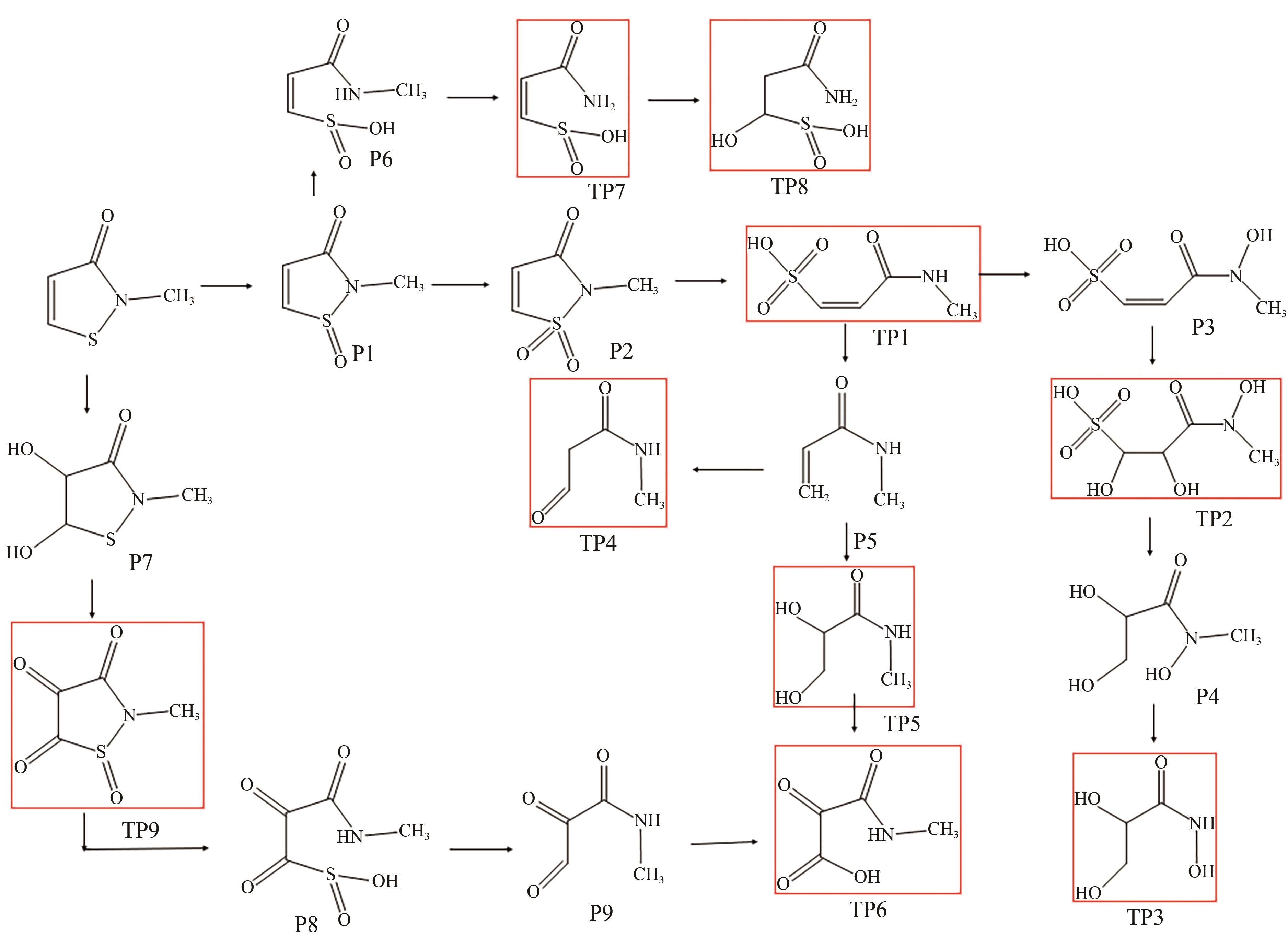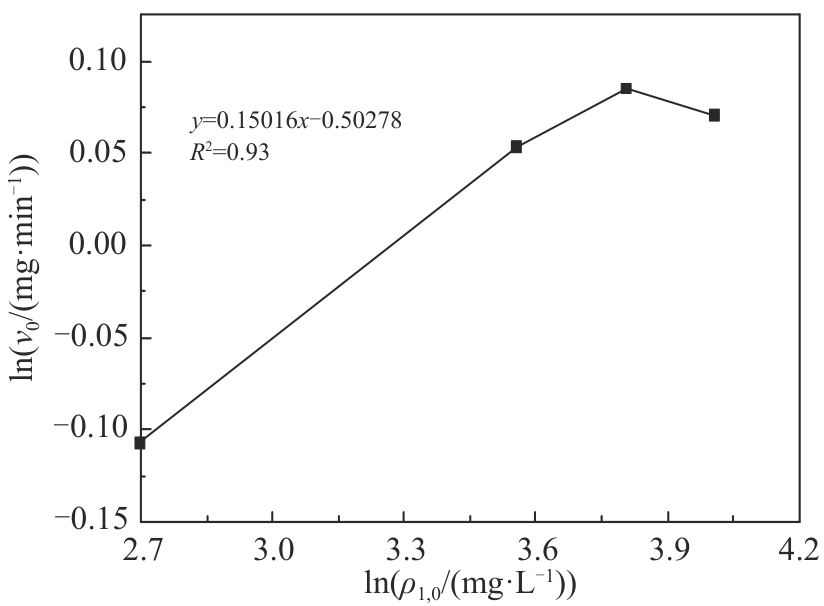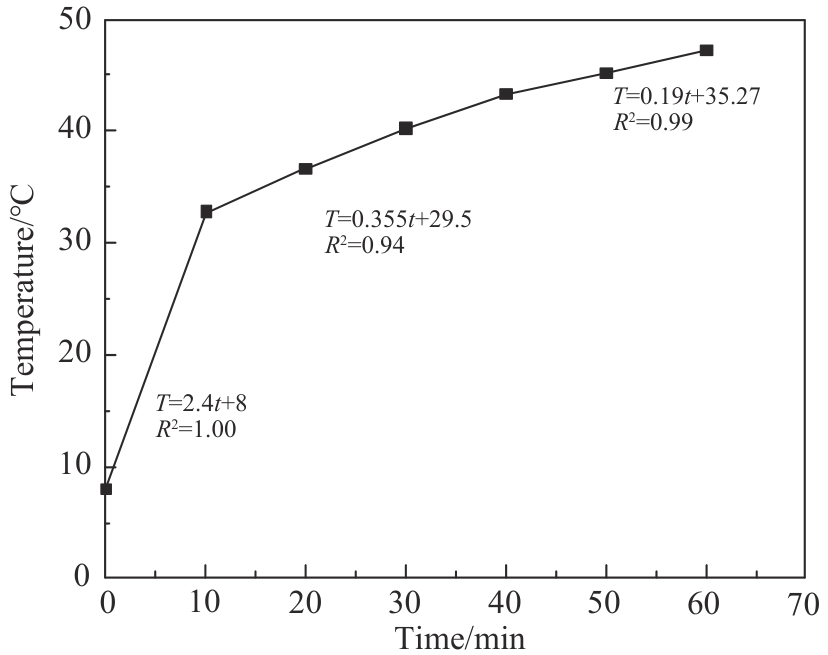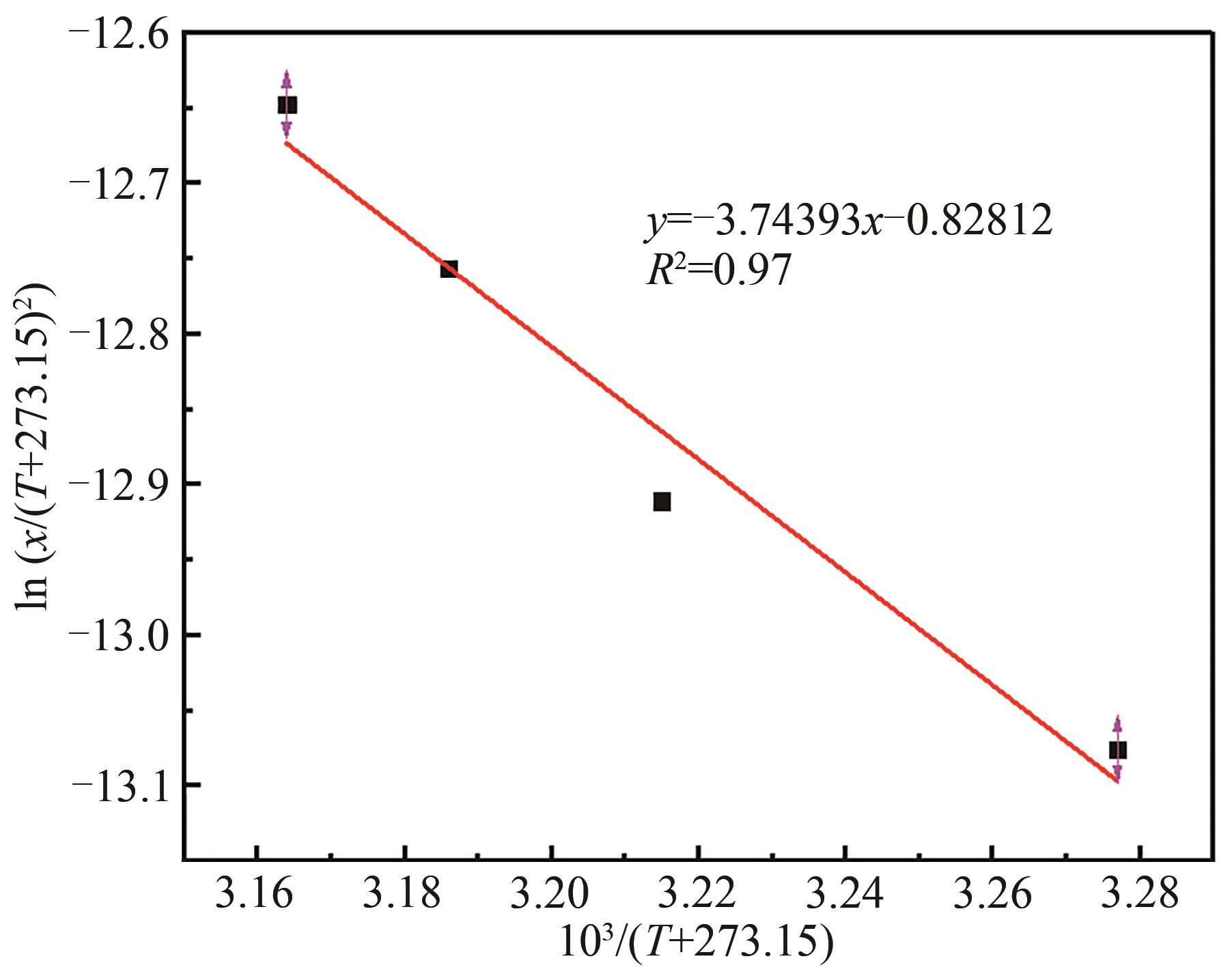
Chinese Journal of Applied Chemistry ›› 2024, Vol. 41 ›› Issue (11): 1605-1619.DOI: 10.19894/j.issn.1000-0518.240141
• Full Papers • Previous Articles Next Articles
Oxidative Degradation of Methylisothiazolinone Enhanced by Hydrodynamic Cavitation Field
Wen-Qi NIU1, Feng-Yun MA1( ), Bin XIA1, Jing-Mei LIU2, Shuang-Jie YIN3
), Bin XIA1, Jing-Mei LIU2, Shuang-Jie YIN3
- 1.Key Laboratory of Coal Clean Conversion & Chemical Engineering Processes,Xinjiang Uyghur Autonomous Region,College of Chemical Engineering,Xinjiang University,Urumqi 830046,China
2.State key Laboratory of Chemistry and Utilization of Carbon Based Energy Resources,College of Chemistry,Xinjiang University,Urumqi 830017,China
3.Xinjiang Dahua Fushan Chemical Co. ,Ltd. ,Shihezi 831300,China
-
Received:2024-04-28Accepted:2024-08-07Published:2024-11-01Online:2024-12-04 -
Contact:Feng-Yun MA -
About author:nwq515298@163.com
-
Supported by:the Gentral Government's Guidans on Loed Science and Technolgy Derclopment Special Project and the Major Special Project of the Xinjiang Uygur Autonomous Region(2021A01002)
CLC Number:
Cite this article
Wen-Qi NIU, Feng-Yun MA, Bin XIA, Jing-Mei LIU, Shuang-Jie YIN. Oxidative Degradation of Methylisothiazolinone Enhanced by Hydrodynamic Cavitation Field[J]. Chinese Journal of Applied Chemistry, 2024, 41(11): 1605-1619.
share this article
Add to citation manager EndNote|Ris|BibTeX
URL: http://yyhx.ciac.jl.cn/EN/10.19894/j.issn.1000-0518.240141
| Num | Pressure at the entrance/MPa | Flow of the main road/(L·h-1) | Flow velocity at the necking point/(m·s-1) | Cavitation number |
|---|---|---|---|---|
| 1 | 0.1 | 121.4 | 19.09 | 0.49 |
| 2 | 0.2 | 144.1 | 22.66 | 0.35 |
| 3 | 0.3 | 168.6 | 26.52 | 0.25 |
| 4 | 0.4 | 189.7 | 29.83 | 0.20 |
| 5 | 0.5 | 211.3 | 33.23 | 0.16 |
Table 1 Flow characteristics of cavitation device under different inlet pressures
| Num | Pressure at the entrance/MPa | Flow of the main road/(L·h-1) | Flow velocity at the necking point/(m·s-1) | Cavitation number |
|---|---|---|---|---|
| 1 | 0.1 | 121.4 | 19.09 | 0.49 |
| 2 | 0.2 | 144.1 | 22.66 | 0.35 |
| 3 | 0.3 | 168.6 | 26.52 | 0.25 |
| 4 | 0.4 | 189.7 | 29.83 | 0.20 |
| 5 | 0.5 | 211.3 | 33.23 | 0.16 |
| Substance | Mass to charge ratio (measured value) | Mass to charge ratio (theoretical value) | Error | Molecular formula | Structural formula |
|---|---|---|---|---|---|
| MIT | 116.016 6 | 116.016 5 | 0.86 | C4H5NOS | 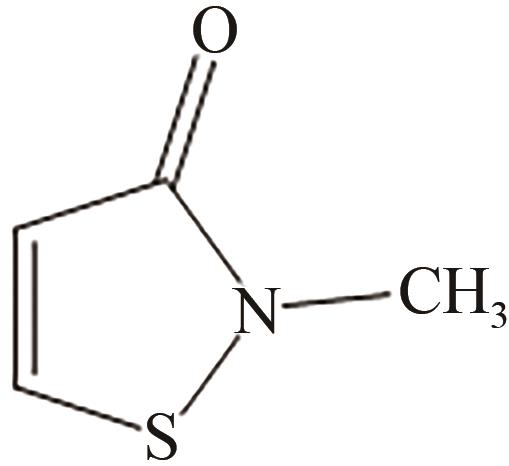 |
| TP1 | 187.999 2 | 187.998 8 | 2.13 | C4H7NO4S | 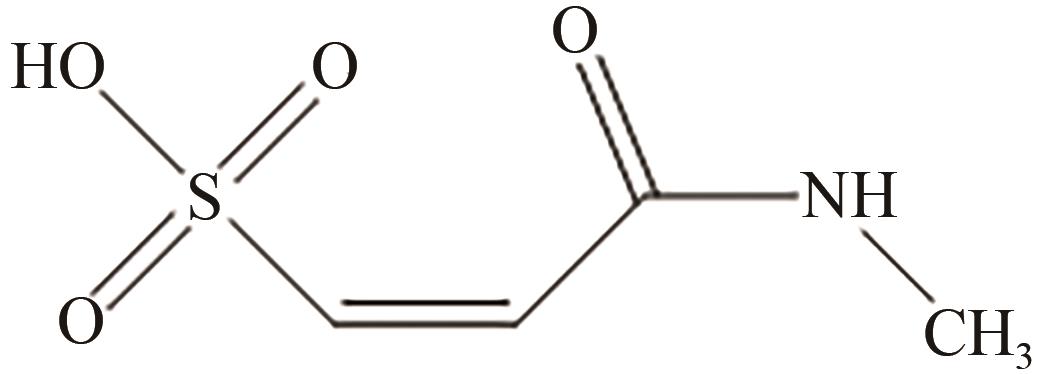 |
| TP2 | 233.042 7 | 233.043 8 | -4.72 | C4H9NO7S | 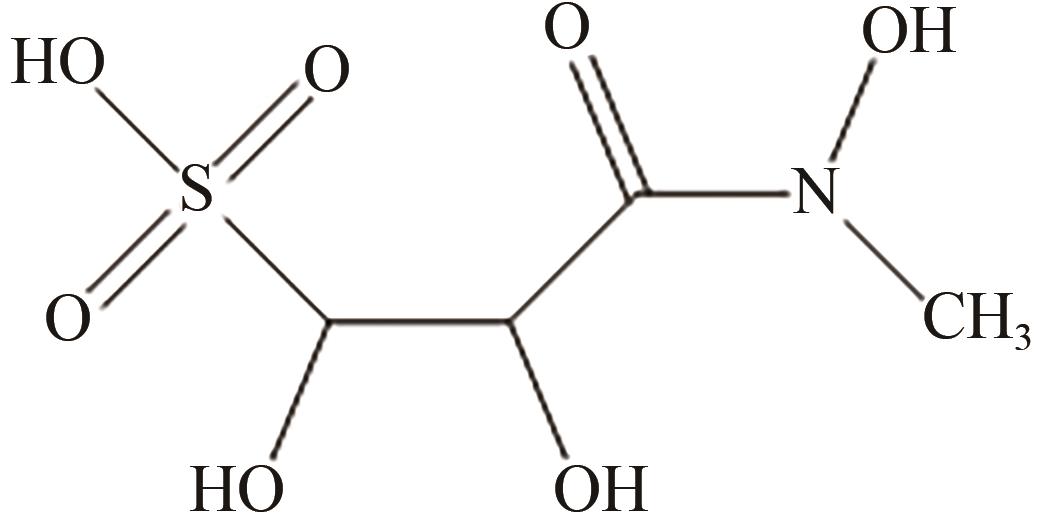 |
| TP3 | 243.081 4 | 243.082 3 | -4.11 | C3H7NO4 | 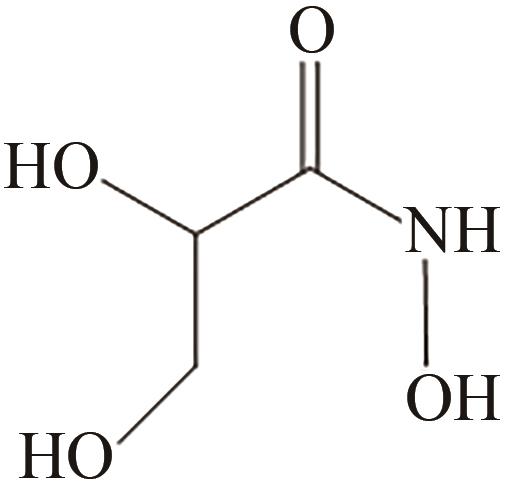 |
| TP4 | 203.102 3 | 203.102 6 | -1.48 | C4H7NO2 | 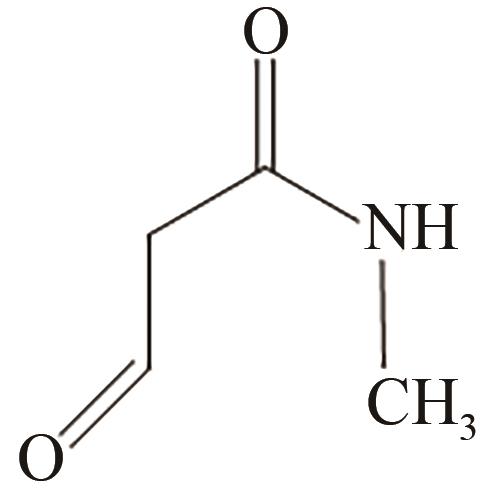 |
| TP5 | 142.047 7 | 142.047 5 | 1.41 | C4H9NO3 | 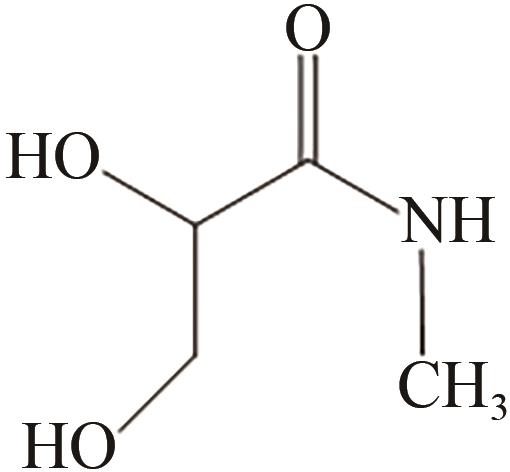 |
| TP6 | 132.029 7 | 132.029 1 | 4.54 | C4H5NO4 | 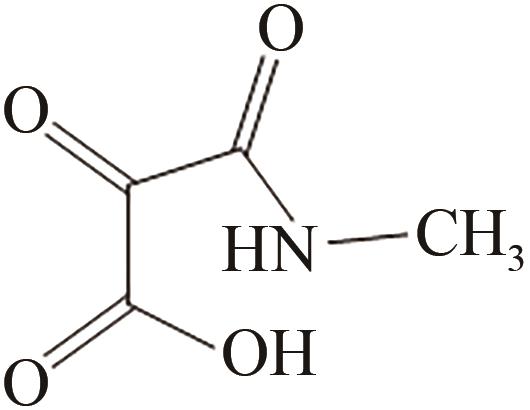 |
| TP7 | 271.006 3 | 271.005 3 | 3.69 | C3H5NO3S | 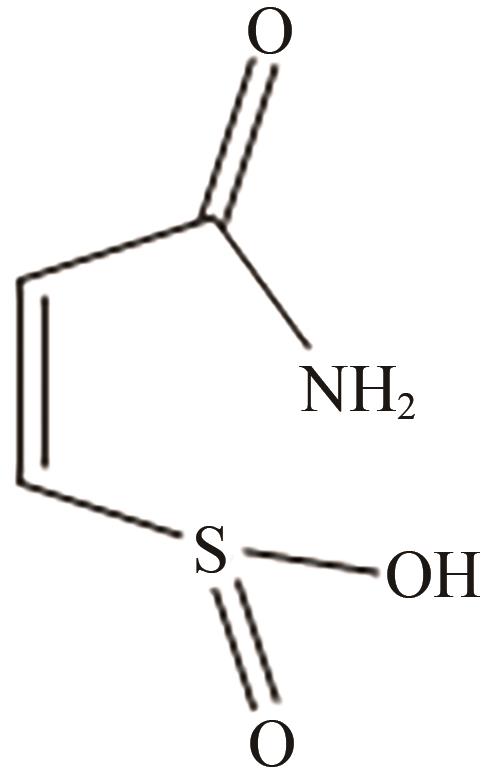 |
| TP8 | 191.973 5 | 191.972 7 | 4.17 | C3H7NO4S | 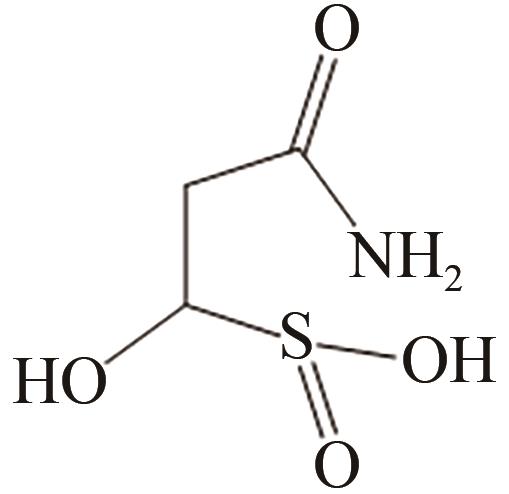 |
| TP9 | 194.011 8 | 194.011 7 | 0.52 | C4H3NO4S | 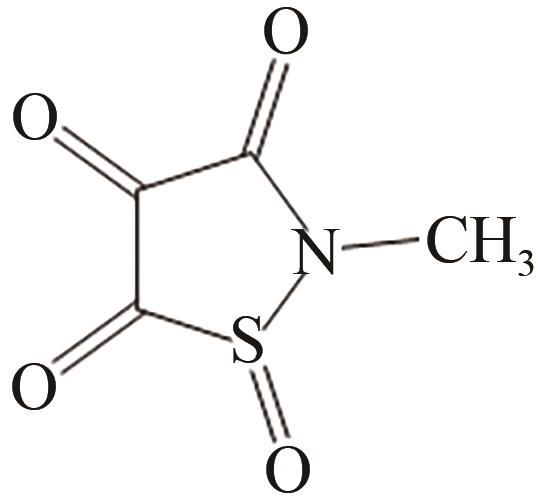 |
Table 2 Parameters related to intermediate products
| Substance | Mass to charge ratio (measured value) | Mass to charge ratio (theoretical value) | Error | Molecular formula | Structural formula |
|---|---|---|---|---|---|
| MIT | 116.016 6 | 116.016 5 | 0.86 | C4H5NOS |  |
| TP1 | 187.999 2 | 187.998 8 | 2.13 | C4H7NO4S |  |
| TP2 | 233.042 7 | 233.043 8 | -4.72 | C4H9NO7S |  |
| TP3 | 243.081 4 | 243.082 3 | -4.11 | C3H7NO4 |  |
| TP4 | 203.102 3 | 203.102 6 | -1.48 | C4H7NO2 |  |
| TP5 | 142.047 7 | 142.047 5 | 1.41 | C4H9NO3 |  |
| TP6 | 132.029 7 | 132.029 1 | 4.54 | C4H5NO4 |  |
| TP7 | 271.006 3 | 271.005 3 | 3.69 | C3H5NO3S |  |
| TP8 | 191.973 5 | 191.972 7 | 4.17 | C3H7NO4S |  |
| TP9 | 194.011 8 | 194.011 7 | 0.52 | C4H3NO4S |  |
| Num | ρ1,0/(mg·L-1) | ν0/(mg·min-1) | ln ρ1,0 | ln ν0 |
|---|---|---|---|---|
| 1 | 15 | 0.899 | 2.708 | -0.106 |
| 2 | 25 | 1.056 | 3.555 | 0.054 |
| 3 | 45 | 1.089 | 3.807 | 0.085 |
| 4 | 55 | 1.073 | 4.007 | 0.070 |
Table 3 Hydraulic cavitation combined with H2O2 treatment data
| Num | ρ1,0/(mg·L-1) | ν0/(mg·min-1) | ln ρ1,0 | ln ν0 |
|---|---|---|---|---|
| 1 | 15 | 0.899 | 2.708 | -0.106 |
| 2 | 25 | 1.056 | 3.555 | 0.054 |
| 3 | 45 | 1.089 | 3.807 | 0.085 |
| 4 | 55 | 1.073 | 4.007 | 0.070 |
| Temperature range/℃ | Regression equation | Heating rate/(℃·min-1) |
|---|---|---|
| 8~32 | T=2.4t+8, R2=1.00 | 2.400 |
| 32~43 | T=0.355t+29.5, R2=0.94 | 0.355 |
| 43~47 | T=0.19t+35.27, R2=0.99 | 0.190 |
Table 4 The equations of temperature rising rate by regression
| Temperature range/℃ | Regression equation | Heating rate/(℃·min-1) |
|---|---|---|
| 8~32 | T=2.4t+8, R2=1.00 | 2.400 |
| 32~43 | T=0.355t+29.5, R2=0.94 | 0.355 |
| 43~47 | T=0.19t+35.27, R2=0.99 | 0.190 |
| Temperature range/℃ | Reaction order | Activating energy/(kJ·mol-1) | Exponential factor | 2RT/E |
|---|---|---|---|---|
| 8~32 | 0 | 31.127 | 3.93×103 | 0.163 |
| 32~43 | 0.58×103 | 0.169 |
Table 5 Kinetic parameters
| Temperature range/℃ | Reaction order | Activating energy/(kJ·mol-1) | Exponential factor | 2RT/E |
|---|---|---|---|---|
| 8~32 | 0 | 31.127 | 3.93×103 | 0.163 |
| 32~43 | 0.58×103 | 0.169 |
| 1 | 张莹莹, 唐星, 刘说, 等. 甲基(氯)异噻唑啉酮的合成工艺优化与产品表征[J]. 当代化工, 2023, 52(10): 2299-2304. |
| ZHANG Y Y, TANG X, LIU S, et al. Synthesis process optimization and product characterization of methyl(chlorine)isothiazole linone[J]. Contemp Chem Ind, 2023, 52(10): 2299-2304. | |
| 2 | 曲振斌. 异噻唑啉酮类杀菌剂的应用探究[J]. 化工设计通讯, 2016, 42(9): 103. |
| QU Z B. To explore the application of isothiazolinone fungicides[J]. Chem Eng Design Commun, 2016, 42(9): 103. | |
| 3 | 王磊, 武绍峰, 顾学斌. 异噻唑啉酮类杀菌剂的应用研究[J]. 工业微生物, 2015, 45(5): 60-64. |
| WANG L, WU S F, GU X B. Advances in research and application of isothiazolone biocides[J]. Ind Microbiol, 2015, 45(5): 60-64. | |
| 4 | GARCÍA-GAVÍN J, VANSINA S, KERRE S, et al. Methylisothiazolinone, an emerging allergen in cosmetics? [J]. Contact Dermatitis, 2010, 63(2): 96-101. |
| 5 | 吕鹏, 吴巍, 刘丽丽, 等. 甲基异噻唑啉酮对斑马鱼胚胎的急性毒性和机制研究[J]. 生态毒理学报, 2017, 12(5): 260-269. |
| LV P, WU W, LIU L L, et al. Acute toxicity and toxicology of methylisothiazolinone to zebrafish embryos[J]. Asian J Ecotoxicol, 2017, 12(5): 260-269. | |
| 6 | MARDONES L E, LEGNOVERDE M S, PEREYRA A M, et al. Long-lasting isothiazolinone-based biocide obtained by encapsulation in micron-sized mesoporous matrices[J]. Prog Org Coat, 2018, 119: 155-163. |
| 7 | KANDAVELU V, KASTIEN H, THAMPI K R. Photocatalytic degradation of isothiazolin-3-ones in water and emulsion paints containing nanocrystalline TiO2 and ZnO catalysts[J]. Appl Catal B: Environ, 2004, 48(2): 101-111. |
| 8 | 王英才. 电化学技术处理甲基异噻唑啉酮的研究及其在反渗透浓水中的应用[D]. 天津: 天津大学, 2018. |
| WANG Y C. Study on electrochemical treatment of methyl isothiazolinone and its application in reverse osmosis concentrated water[D]. Tianjin: Tianjin University, 2018. | |
| 9 | 蔡军, 淮秀兰, 李勋锋. 湍流作用下可压缩液体中空化泡的动力学特性[J]. 科学通报, 2010, 55(10): 857-866. |
| CAI J, HUAI X L, LI X F. Investigation on cavitation bubble dynamics in compressible liquid under turbulence[J]. Chin Sci Bull, 2010, 55(10): 857-866. | |
| 10 | 冯中营, 吴胜举, 王烽宇, 等. 低能耗、高效率的无泵水力空化联合臭氧降解罗丹明B[J]. 水处理技术, 2023, 49(5): 110-113, 119. |
| FENG Z Y, WU S J, WANG F Y, et al. Degradation of rhodamine B by economical and efficient hydrodynamic cavitation without pump combined with ozone[J]. Technol Water Treat, 2023, 49(5): 110-113, 119. | |
| 11 | 李明义, 朱洋, 张文斌, 等. 文丘里管内NaOH溶液的空化现象及其诱发的压力脉动特征分析[J]. 江苏大学学报(自然科学版), 2023, 44(1): 104-111. |
| LI M Y, ZHU Y, ZHANG W B, et al. Cavitation phenomenon and cavitation-induced pressure fluctuations in NaOH solutions passing through Venturi pipe[J]. J Jiangsu Univ(Nat Sci Ed), 2023, 44(1): 104-111. | |
| 12 | WANG K, JIN R Y, QIAO Y N, et al. The removal of rhodamine B by H2O2 or ClO2 combined with hydrodynamic cavitation[J]. Water Sci Technol, 2019, 80(8): 1571-1580. |
| 13 | PATIL P B, BHANDARI V M, RANADE V V. Improving efficiency for removal of ammoniacal nitrogen from wastewaters using hydrodynamic cavitation[J]. Ultrason Sonochem, 2021, 70: 105306. |
| 14 | THANEKAR P, GARG S, GOGATE P R. Hybrid treatment strategies based on hydrodynamic cavitation, advanced oxidation processes, and aerobic oxidation for efficient removal of naproxen[J]. Ind Eng Chem Res, 2019, 59(9): 4058-4070. |
| 15 | 海青, 陈伟政, 颜开. 新型文丘里空化器及其空化特性的数值模拟[J]. 船舶力学, 2023, 27(10): 1464-1474. |
| HAI Q, CHEN W Z, YAN K. Numerical simulation study on the cavitation flow field characteristics of novel Venturi tube[J].J Ship Mechan, 2023, 27(10): 1464-1474. | |
| 16 | PANDA D,MANICKAM S. Hydrodynamic cavitation assisted degradation of persistent endocrine-disrupting organochlorine pesticide dicofol: optimization of operating parameters and investigations on the mechanism of intensification[J]. Ultrason Sonochem, 2019, 51: 526-532. |
| 17 | 王勇, 丁志瑶, 李明, 等. 环形狭缝型旋转式水力空化器的空化特性与降解能力[J]. 农业工程学报, 2023, 39(17): 71-79. |
| WANG Y, DING Z Y, LI M, et al. Cavitation characteristics and degradation capability of an annular slitrotating hydraulic cavitation generator[J]. Transact Chin Soc Agric Eng, 2023, 39(17): 71-79. | |
| 18 | 张承昕, 徐昊, 王余莲, 等. 纳米金@石墨烯复合多孔材料还原4-硝基苯酚[J]. 中国粉体技术, 2023, 29(4): 80-93. |
| ZHANG C X, XU H, WANG Y L, et al. Reduction of 4-nitrophenol with nano-gold@graphene composite porous material[J]. China Powder Sci Technol, 2023, 29(4): 80-93. | |
| 19 | HUNG C M, HUANG C P, CHEN C W, et al. Hydrodynamic cavitation activation of persulfate for the degradation of polycyclic aromatic hydrocarbons in marine sediments[J]. Environ Pollution, 2021, 286: 117245. |
| 20 | 杨思静. 水力空化强化ClO2破解甲基橙和苯并[a]芘机理研究[D]. 太原: 中北大学, 2018. |
| YANG S J. Study on electrochemical treatment of methyl isothiazolinone and its application in reverse osmosis concentrated water [D]. Taiyuan: North University of China, 2018. | |
| 21 | 黄永春, 李晴, 邓冬梅, 等. 水力空化深度处理焦化废水的实验研究[J]. 工业水处理, 2017, 37(4): 53-57. |
| HUANG Y C, LI Q, DENG D M, et al. Experimental research on the advanced treatment of coking wastewater by hydrodynamic cavitation[J]. Ind Water Treat, 2017, 37(4): 53-57. | |
| 22 | 徐世贵, 刘月娥, 王金榜, 等. 水力空化-Fenton氧化联合超声吸附处理煤气化废水[J]. 化工环保, 2019, 39(6): 634-640. |
| XU S G, LIU Y E, WANG J B, et al. Treatment of coal gasification wastewater by hydrodynamic cavitation-Fenton oxidation combined with ultrasonic adsorption[J]. Environ Protection Chem Ind, 2019, 39(6): 634-640. | |
| 23 | YI L D, LI B Q, SUN Y N, et al. Degradation of norfloxacin in aqueous solution using hydrodynamic cavitation: optimization of geometric and operation parameters and investigations on mechanism[J]. Separation Purification Technol, 2021, 259: 118166. |
| 24 | THANEKAR P, LAKSHMI N J, SHAH M, et al. Degradation of dimethoate using combined approaches based on hydrodynamic cavitation and advanced oxidation processes[J]. Proc Safety Environ Protect, 2020, 143: 222-230. |
| 25 | RAUT-JADHAV S, SAINI D, SONAWANE S, et al. Effect of process intensifying parameters on the hydrodynamic cavitation based degradation of commercial pesticide (methomyl) in the aqueous solution[J]. Ultrason Sonochem, 2016, 28: 283-293. |
| 26 | WU Z L, TAGLIAPIETRA S, GIRAUDO A, et al. Harnessing cavitational effects for green process intensification[J]. Ultrasonics Sonochem, 2019, 52: 530-546. |
| 27 | MUKHERJEE A, MULLICK A, TEJA R, et al. Performance and energetic analysis of hydrodynamic cavitation and potential integration with existing advanced oxidation processes: a case study for real life greywater treatment[J]. Ultrason Sonochem, 2020, 66: 105-116. |
| 28 | 陈吉超, 马凤云, 刘景梅, 等. 水力空化场下苯-甲醇低温烷基化制备二甲苯[J]. 石油学报(石油加工), 2021, 37(1): 190-200. |
| CHEN J C, MA F Y, LIU J M, et al. Low temperature alkylation of benzene and methanol in hydrocavitation field[J]. Acta Petrolei Sin (Petroleum Proc Section), 2021, 37(1): 190-200. | |
| 29 | WANG J H, WANG J, YUAN R F, et al. Degradation of acid red 73 wastewater by hydrodynamic cavitation combined with ozone and its mechanism[J]. Environ Res, 2022, 210: 112954. |
| 30 | PANDA D, MANICKAM S. Hydrodynamic cavitation assisted degradation of persistent endocrine-disrupting organochlorine pesticide dicofol: optimization of operating parameters and investigations on the mechanism of intensification[J]. Ultrason Sonochem, 2019, 51: 526-532. |
| 31 | GENG M, THAGARD S M. The effects of externally applied pressure on the ultrasonic degradation of rhodamine B[J]. Ultrason Sonochem, 2013, 20(1): 618-625. |
| 32 | 李松林, 周亚平, 刘俊吉, 等. 物理化学[M]. 北京: 高等教育出版社, 2009. |
| LI S L, ZHOU Y P, LIU J J, et al. Physical chemistry[M]. Beijing: Higher Education Press, 2009. | |
| 33 | WANG H Z. Study on the kinetics of toluene disproportionation in H-IDG (ZSM-5) zeolite[J]. J Fuel Chem Technol, 1983, 11(4): 86-91. |
| [1] | Zhen-jian JIA, Xi HAN, Jie ZHANG. Preparation and Photocatalytic Performance of Ruthenium Dioxide/Titanium Dioxide Composite Catalyst [J]. Chinese Journal of Applied Chemistry, 2024, 41(9): 1324-1332. |
| [2] | Tian-Li SUN, Guo ZHU, Hai HE, Bing-Kun HUANG, Zhao-Kun XIONG, Bo LAI. Research Prospect of Single-Atom Catalysts for Fenton-Like Water Treatment [J]. Chinese Journal of Applied Chemistry, 2024, 41(2): 217-229. |
| [3] | Jian-Hua ZHENG, Zhen-Ping GUAN, Guo-Yu LIU, Xiang-Yu CAO, Shun-Ji ZHENG, Mei-Yan GUAN. Enhanced Photodegradation Performance of Flower-like MnCo2O4 with Persulfate Under Visible Light [J]. Chinese Journal of Applied Chemistry, 2023, 40(7): 1034-1043. |
| [4] | Fang-Xie SHEN, Xiang WAN, Wei-Chao WANG. Volatile Organic Compounds Degradation at Room Temperature on Mn-mullite YMn2O5 Catalyst [J]. Chinese Journal of Applied Chemistry, 2023, 40(6): 888-895. |
| [5] | Ye LIU, Shao-Bo GUO, Yan-Li LIANG, Hong-Guang GE, Jian-Qi MA, Zhi-Feng LIU, Bo LIU. Preparation and Catalytic Performance of Core‑Shell CuFe2O4@NH2@Pt Nanocomposites [J]. Chinese Journal of Applied Chemistry, 2022, 39(8): 1237-1245. |
| [6] | Sheng-Jie LIU, Yong-Jie YE, Yin-Yi LIU, Shu-Man LIN, Hao-Yuan XIE, Wen-Ting LIU, Wei-Qin XU. Preparation of Uniformly Loaded Cu3P Nanoparticles in Porous Carbon Based on Copper Foam and Their Photocatalytic Performance for Dye Degradation [J]. Chinese Journal of Applied Chemistry, 2022, 39(7): 1090-1097. |
| [7] | Xiao-Li ZHANG, Yu-Mei PENG, Qing-Wei WANG, Li-Xia QIN, Xiao-Xia LIU, Shi-Zhao KANG, Xiang-Qing LI. Construction of Nano Ag Modified TiO2 Nanotube Array Substrate for Surface Enhanced Raman Scattering Detection and Degradation of Tetracycline Hydrochloride [J]. Chinese Journal of Applied Chemistry, 2022, 39(7): 1147-1156. |
| [8] | Yi-Xin XU, Shuang WANG, Jing QUAN, Wan-Ting GAO, Tian-Qun SONG, Mei YANG. Preparation of Molybdenum Disulfide Quantum Dots/Reduced Graphene Oxide Composites and Their Photocatalytic Degradation of Organic Dyes, Tetracyclines and Cr(VI) [J]. Chinese Journal of Applied Chemistry, 2022, 39(5): 769-778. |
| [9] | Xiao-Song ZHA, Lin ZHANG, Yuan-Jie WENG, Zhi-Liang FENG, Su-Wen JIN. Reductive Degradation of N⁃Nitrosodimethylamine in Water by Ultraviolet Advanced Reduction Processes [J]. Chinese Journal of Applied Chemistry, 2022, 39(3): 451-460. |
| [10] | Yu-Feng ZHOU, Chuan-Wei ZHOU, Tong-Ze HU, Zhan-Peng DUAN, Hao-Tong WANG, Shu-Yun SHI. Synthesis of Fe/V‑Sb2O3 Composites and UV‑light Catalytic Degradation of Pharmaceutical Wastewater [J]. Chinese Journal of Applied Chemistry, 2022, 39(10): 1572-1578. |
| [11] | Ying ZHAO, Yi-Jia SHAO, Luo-Qian LI, Jian-Wei REN, Shi-Jun LIAO. Research Progress on the Degradation Mechanism and Cycle Stability Improvement of Lithium-Rich Cathode Materials [J]. Chinese Journal of Applied Chemistry, 2022, 39(02): 205-222. |
| [12] | HE Quan-Bao, HU Zheng, GE Ming. Research Progress on Photo-degradation of Antibiotics in Water by BiOX(X=Cl,Br,I) Composite Photocatalytic Materials [J]. Chinese Journal of Applied Chemistry, 2021, 38(7): 754-766. |
| [13] | ZHAO Xing-Peng, WANG Ya-Qiao, GAO Sheng-Wang, ZHU Jian-Chao, WANG Guo-Ying, XIA Xun-Feng, WANG Hong-Liang, WANG Shu-Ping. Synthesis of BiOBr/CeO2 Composites for Photocatalytic Degradation of Sulfisoxazole [J]. Chinese Journal of Applied Chemistry, 2021, 38(4): 422-430. |
| [14] | HUO ZhaoHui, YANG Xiaoshan, CHEN Xiaoli, ZHANG Gang, YIN Wei, CAO Manli, SHI Lei, QIU Yanxuan. Preparation of Ag/Two-Dimensional Graphitic Carbon Nitride/Reduced Graphene Oxide Composite and Its Photocatalytic Degradation of Antibiotics [J]. Chinese Journal of Applied Chemistry, 2020, 37(4): 471-480. |
| [15] | HEI Jiahui, YANG Lining, LI Jun. Synthesis and Photocatalysis of Metal Complexes with Schiff Base Derived from 2-Thiophene Carboxaldehyde and Ethylenediamine [J]. Chinese Journal of Applied Chemistry, 2019, 36(8): 949-957. |
| Viewed | ||||||
|
Full text |
|
|||||
|
Abstract |
|
|||||
